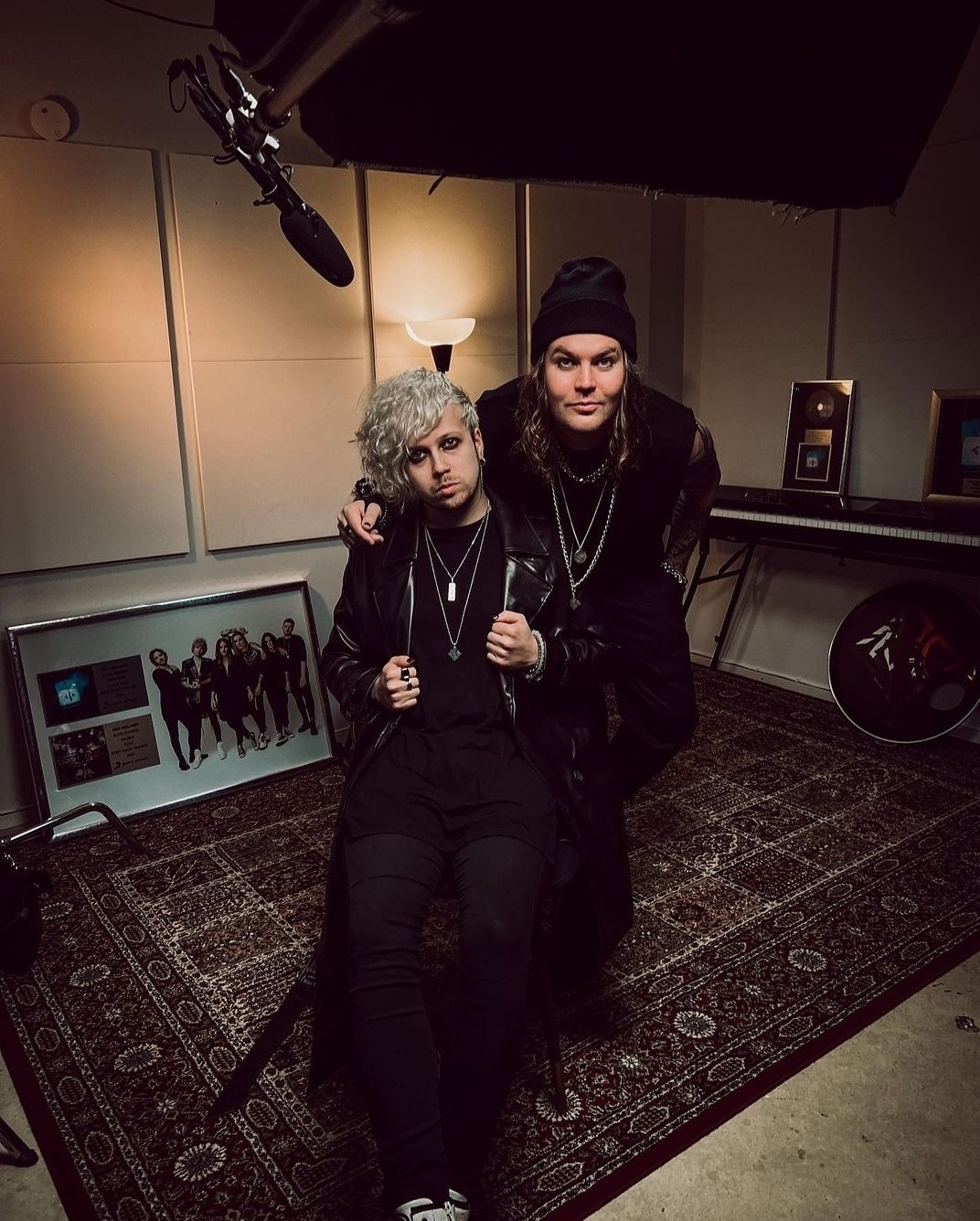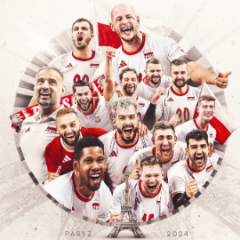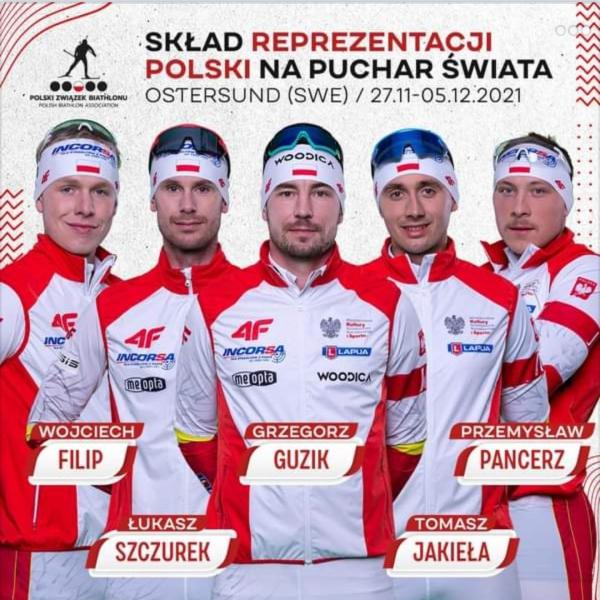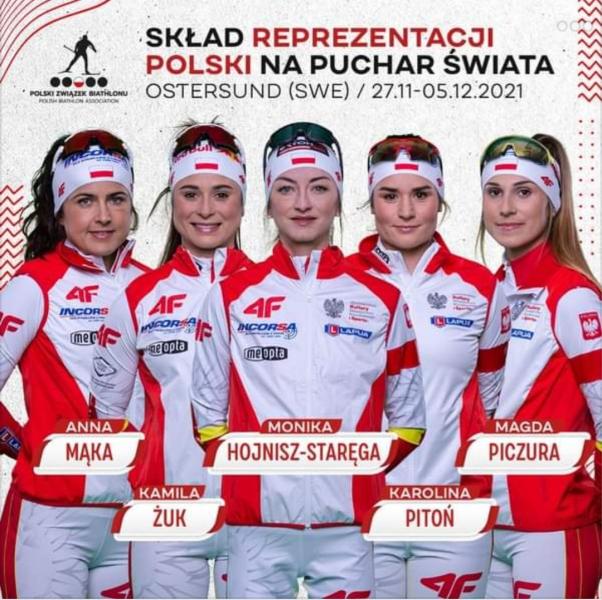[hide]
Preliminary Round December 1st - December 7th, 2021 32 Nations, the 1st, 2nd, 3rd and Nation from each Group will qualify for the Main Round
Group A
Date & Time (GMT +1)
Nation 1
T1
T2
Nation 2
December 3rd 2021, h. 18:00
France
12
Angola
December 3rd 2021, h. 20:30
Montenegro
3
Slovenia
December 5th 2021, h. 18:00
Slovenia
7
France
December 5th 2021, h. 20:30
Montenegro
6
Angola
December 7th 2021, h. 18:00
Angola
4
Slovenia
December 7th 2021, h. 20:30
France
8
Montenegro
Group B
Date & Time (GMT +1)
Nation 1
T1
T2
Nation 2
December 3rd 2021, h. 18:00
RHF
22
Cameroon
December 3rd 2021, h. 20:30
Serbia
4
Poland
December 5th 2021, h. 18:00
Poland
8
RHF
December 5th 2021, h. 20:30
Serbia
19
Cameroon
December 7th 2021, h. 18:00
Cameroon
15
Poland
December 7th 2021, h. 20:30
RHF
6
Serbia
Group C
Date & Time (GMT +1)
Nation 1
T1
T2
Nation 2
December 3rd 2021, h. 18:00
Romania
15
Iran
December 3rd 2021, h. 20:30
Norway
18
Kazakhstan
December 5th 2021, h. 18:00
Romania
12
Kazakhstan
December 5th 2021, h. 20:30
Iran
30
Norway
December 7th 2021, h. 18:00
Kazakhstan
12
Iran
December 7th 2021, h. 20:30
Norway
6
Romania
Group D
Date & Time (GMT +1)
Nation 1
T1
T2
Nation 2
December 3rd 2021, h. 18:00
Netherlands
20
Puerto Rico
December 3rd 2021, h. 20:30
Sweden
18
Uzbekistan
December 5th 2021, h. 18:00
Sweden
22
Puerto Rico
December 5th 2021, h. 20:30
Uzbekistan
20
Netherlands
December 7th 2021, h. 18:00
Puerto Rico
6
Uzbekistan
December 7th 2021, h. 20:30
Netherlands
2
Sweden
Group E
Date & Time (GMT +1)
Nation 1
T1
T2
Nation 2
December 2nd 2021, h. 18:00
Germany
8
Czech Republic
December 2nd 2021, h. 20:30
Hungary
12
Slovakia
December 4th 2021, h. 18:00
Slovakia
14
Germany
December 4th 2021, h. 20:30
Hungary
6
Czech Republic
December 6th 2021, h. 18:00
Czech Republic
4
Slovakia
December 6th 2021, h. 20:30
Germany
4
Hungary
Group F
Date & Time (GMT +1)
Nation 1
T1
T2
Nation 2
December 2nd 2021, h. 18:00
South Korea
14
Congo
December 2nd 2021, h. 20:30
Denmark
18
Tunisia
December 4th 2021, h. 18:00
South Korea
6
Tunisia
December 4th 2021, h. 20:30
Congo
24
Denmark
December 6th 2021, h. 18:00
Tunisia
6
Congo
December 6th 2021, h. 20:30
Denmark
12
South Korea
Group G
Date & Time (GMT +1)
Nation 1
T1
T2
Nation 2
December 2nd 2021, h. 18:00
Croatia
4
Brazil
December 2nd 2021, h. 20:30
Japan
12
Paraguay
December 4th 2021, h. 18:00
Paraguay
24
Croatia
December 4th 2021, h. 20:30
Japan
6
Brazil
December 6th 2021, h. 18:00
Brazil
20
Paraguay
December 6th 2021, h. 20:30
Croatia
8
Japan
Group H
Date & Time (GMT +1)
Nation 1
T1
T2
Nation 2
December 1st 2021, h. 20:30
Spain
12
Argentina
December 2nd 2021, h. 18:00
Austria
8
China
December 4th 2021, h. 18:00
Austria
12
Argentina
December 4th 2021, h. 20:30
China
14
Spain
December 6th 2021, h. 18:00
Argentina
4
China
December 6th 2021, h. 20:30
Spain
9
Austria
Top 3
Place
1st Place
2nd Place
3rd Place
Nation
Norway
Netherlands
France
[/hide]









